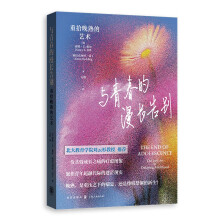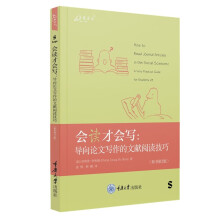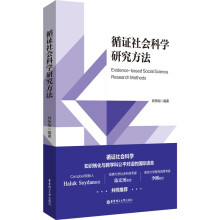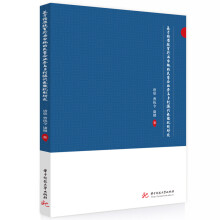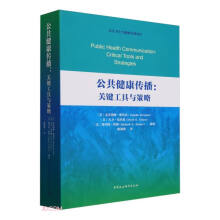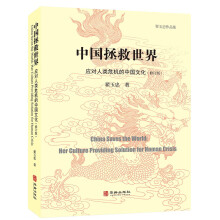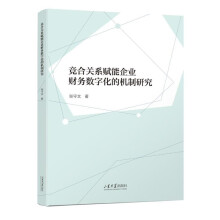Mao Dan,Qiushi Distinguished Professor of Zhejiang University.
He is a member of the Sociology Review Panel of the National Social Science Fund of China, member of the Expert Consultation Comnuttee of the Ministry of Civil Affairs of the People's Republic of China.
Mao's research focuses on grassroots social and political studies in contemporary Cluna, community social management, and social work and community development, among others. He has written numerous academic papers and lus latest monograph is titled Research on the
Citizenization of Peasants in Suburbs. Mao also serves as an editorial board member of many periodicals, such as the Chinese Journal of Social Development, Social Construction, Sociological Review of China, Journal of Sociology, Zhejiang Social Sciences and Zhejiang
Academic Journal.
展开

